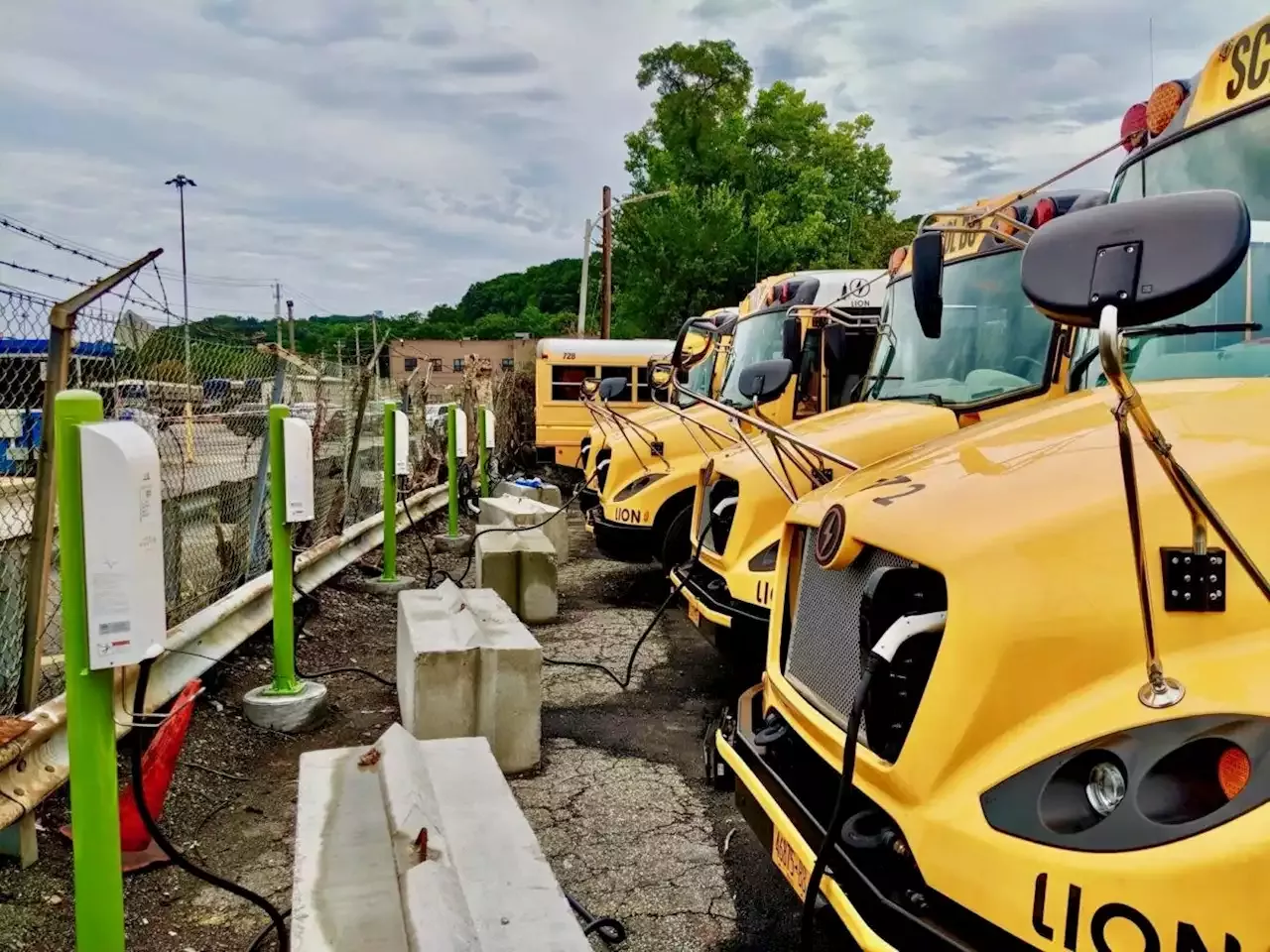This is the first article in a three-part series examining the ways stakeholders — including state policymakers, school districts, and electric utilities — can build on recent federal actions to accelerate the equitable transition to
However, VW settlement funds are a one-time funding source that many states have already exhausted or will soon deplete. Additional new sources of funding are needed to support school districts and school transportation providers to cover the cost of new ESBs while the market continues to mature and until total cost of ownership parity is achieved.
Supporting school district staff and drivers must also be part of this technical assistance. The California Energy Commission’s Clean Transportation Programin workforce development and training entities to expand their current services and develop new programming specifically tailored to zero-emission vehicles.
Some utility programs may view ESBs as grid assets offering the potential for load management to avoid high-cost system peaks and to better allow for the integration of renewable energy generation. These programs may allow ESBs to be used as distributed energy resources or managed load assets. When establishing utility electric school bus programs, regulators should consider best practices for rate design that limit increased costs and maximize equitable outcomes.
